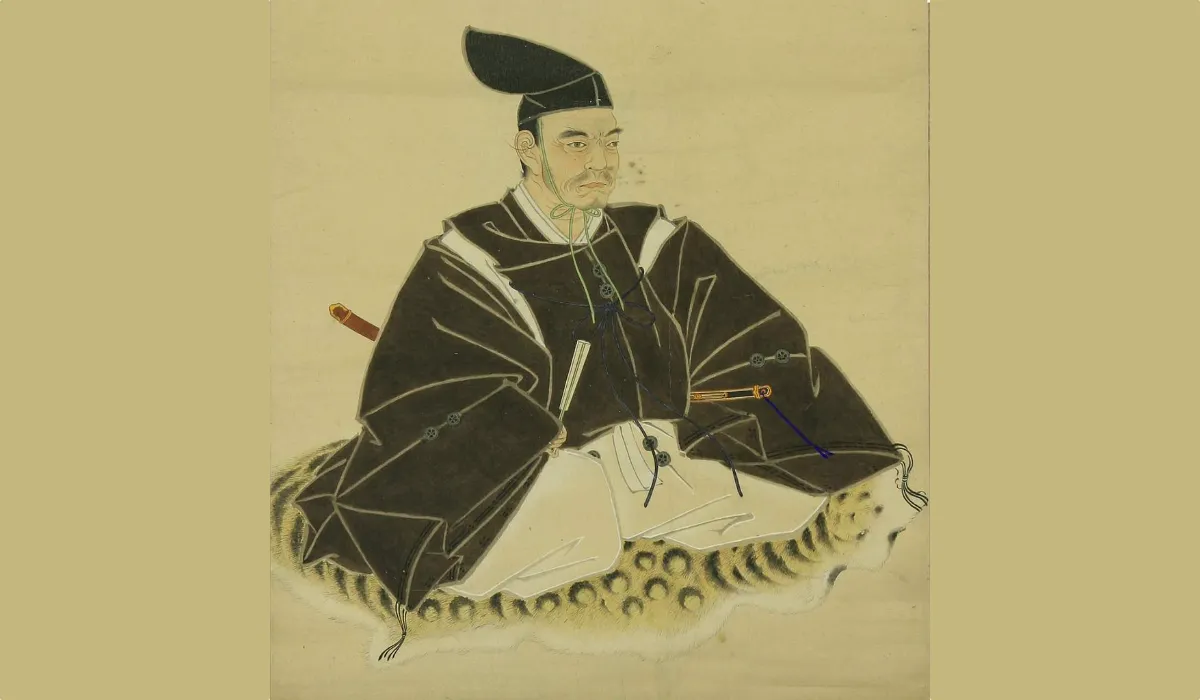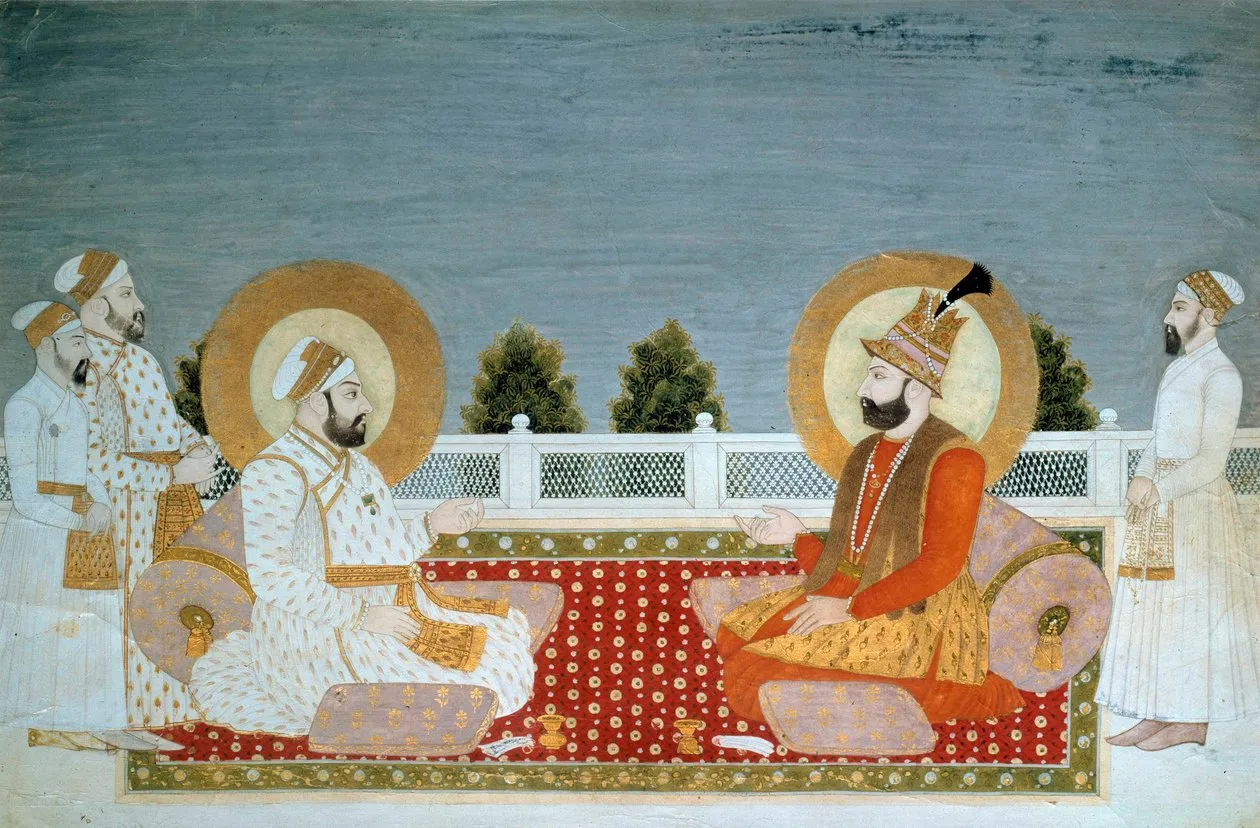Eurocentrism and the Myth of East Asian Isolation
Explores the eurocentric tendency to describe early modern China and Japan as isolationist. Instead of thinking of these states as isolationist, we should view them as simply having a different model of foreign relations.
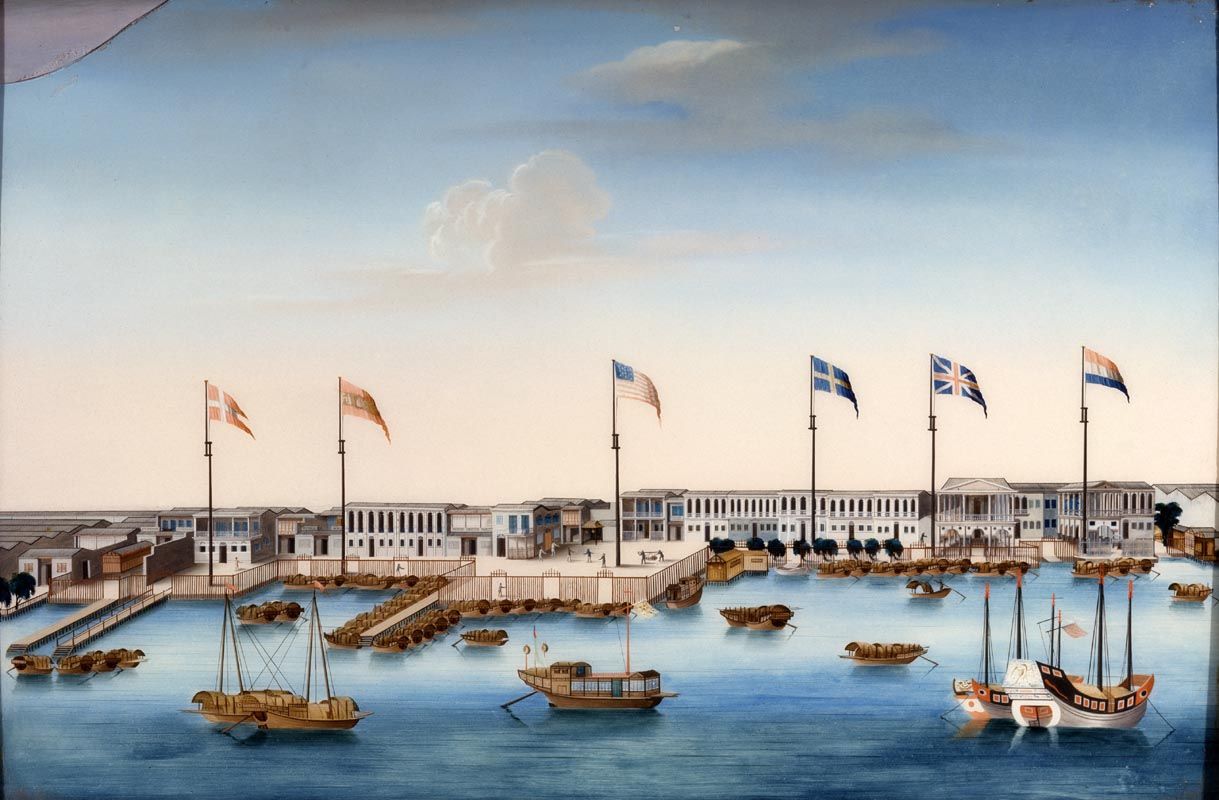
Table of Contents
The idea that China and Japan from c.1450 to c.1800 were “isolated” is one of the more persistent myths in world history. Each year at the AP World History reading, I can’t even begin to count the number of times I read some variation of this argument. It even has shown up in essays that have almost nothing to do with China and Japan’s foreign relations. A quick look at Wikipedia reveals these two examples. On Japan’s isolation:
In 1603, the Tokugawa shogunate (military dictatorship) ushered in a long period of isolation from foreign influence in order to secure its power. For 250 years this policy enabled Japan to enjoy stability and a flowering of its indigenous culture.
After Zheng He’s voyages in the 15th century, the foreign policy of the Ming dynasty in China became increasingly isolationist. The Hongwu Emperor was the first to propose the policy to ban all maritime shipping in 1371. The Qing dynasty that came after the Ming dynasty often continued the Ming dynasty’s isolationist policies.
Eurocentrism
The tendency to label this period of East Asian history as “isolationist” reflects the pervasiveness of Eurocentrism in much world history. Eurocentrism is more than simply spending more time in our classes discussing events in Europe. It is a way of viewing the world that privileges the experience of Europe and assumes that experience is a universal one. According to Robert Marks, “Eurocentrism is a way of knowing that establishes the criteria for what its practitioners deem to be ‘the facts.’ It is thus a paradigm, a set of assumptions about how the world works.” Instead of viewing historical events and processes (e.g., industrialization, development of representative governments, secularism) in Europe as just one regional pattern of historical development, we assume that the European pattern is somehow a universal standard.
Europeans during the Early Modern period are frequently applauded for their spirit of adventure and travels around the world. We even call this period the “Age of Discovery”or the “Age of Exploration.” Following a eurocentric model, we assume that sailing around the world, searching for wealth, proselytizing for one’s religion, and seeking new trade partnerships was normal because that is what Europeans were doing in this period. In looking at China and Japan in the Early Modern period, what we see are two states that approached foreign relations in ways that differed from Europe, but that does not mean either state was isolationist.
Japan
In the case of Japan, the idea of Japanese isolation is usually traced back to the Sakoku or “Closed Country” edicts of the late 1630s. These edicts outlawed most Europeans from trading in Japan and limited Japanese from leaving the country. If we think about Europe in the late 1630s, we find multiple European states establishing colonies and trading posts around the world. It would be easy to think about the advent of the sakoku policy as a turn to isolationism, but it would also be an inaccurate oversimplification.
Between 1640 and 1853 (when United States Commodore Matthew Perry “opened” Japan), Japan actively maintained connections to the outside world, but also tightly managed these connections. Despite ending trade with most Europeans, the Japanese continued to trade with the Dutch, as well as trading with the Chinese, Koreans, and Ainu. In his article “Foreign Relations in Early Modern Japan: Exploding the Myth of National Seclusion,” Arano Yasunori argues that Japan managed its foreign relations through four portals:
Our understanding of Japan’s interaction with the rest of the world during this period has changed dramatically in the past two or three decades. Today most Japanese historians regard the Edo period as a time when Japan maintained active, if indirect, ties with the larger world through not one but four portals, under a system that allowed the nation to develop and eventually emerge as a modern state.
Yasunori shows how the Tokugawa Shogunate established four “portals” to oversee the country’s interactions with the outside world.
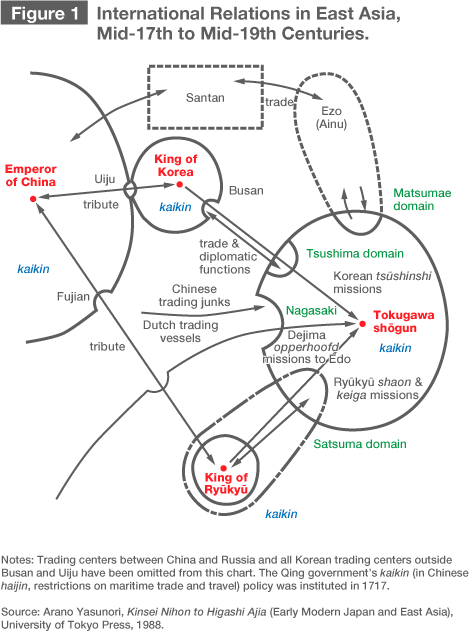
Using these four portals the Tokugawa shoguns were able to regulate trade relations with other states in a way that benefitted the Japanese. This “Japanocentric” system not only established the terms on which the Japanese engaged with the outside world, but also helped contribute to a period of intense economic growth, urbanization, and social change in Japan.
The tendency to label this period of Japanese history as isolationist seems to be derived from the significantly different approach to foreign relations that the Japanese adopted compared to contemporary Europeans. Whereas the Europeans traveled around the world seeking out any possible trade connection, the Japanese remained mostly within Japan and strictly regulated how they engaged with the rest of the world.
In the middle of the nineteenth century, the Tokugawa Shogunate abandoned the sakoku policy. Within a few years, the government was overthrown, and the Meiji Restoration began. Within a few decades, the Japanese had developed a modern economy and began challenging the industrialized powers of the world. Maybe another part of the tendency to label the Tokugawa as “isolationist” is to highlight the connection between the arrival of the West and Japan’s rapid modernization. In this way, it was only by abandoning its “isolation” from the West that the Japanese were able to modernize. If we stop thinking of the Tokugawa period as one of isolation, we need to begin considering how much Japan’s rapid modernization in the late nineteenth century was also due to the success of policies and trends in the Tokugawa period.
China
Whereas the tendency to label the Japanese as isolationist seems to hinge on a single decision, there are a number of moments in the history of China between 1400 and 1800 where historians might be tempted to label China as isolationist. In looking closely at three of these key moments, we again see that the label reflects a eurocentric approach to history.
In the early fifteenth century, the Ming Dynasty (1368–1644) sponsored a series of seven voyages under the leadership of Zheng He that are discussed in almost every world history textbook. The last voyage was completed in 1433, and the Chinese government chose not to send out any further voyages. It would be easy to see this decision as isolationist or to see China as choosing to shut itself off from the world. At this same moment, the Portuguese were beginning to sail down the western coast of Africa, and Columbus would shortly later sail across the Atlantic Ocean. But just because Europeans were pushing themselves to establish new connections doesn’t mean that the Chinese government’s decision to stop sponsoring voyages was isolationist.
Much has been written about the voyages, but I like the short article by Kenneth Pomeranz “Woods, Winds, Shipbuilding, and Shipping: Why China Didn’t Rule the Waves” in The World that Trade Created. He argues that there are a number of factors to consider in making sense of the Chinese decision to end the voyages. Over time the goals of the voyages had been achieved. There had been changes in government, and the influence of the eunuchs at court was no longer as great as they had been. Deforestation in China drove up the cost of timber and made the cost of the voyages prohibitive. Chinese traders increasingly relied on building ships in Southeast Asian shipyards owned by Chinese emigrants and allowing overseas-based Chinese traders to rely more on shorter maritime routes within the existing Indian Ocean system. We quickly see that there was no turn to isolation in deciding to stop sending out the voyages under Zheng He; there was simply a decision not to engage with the outside world through large, state-sponsored voyages.
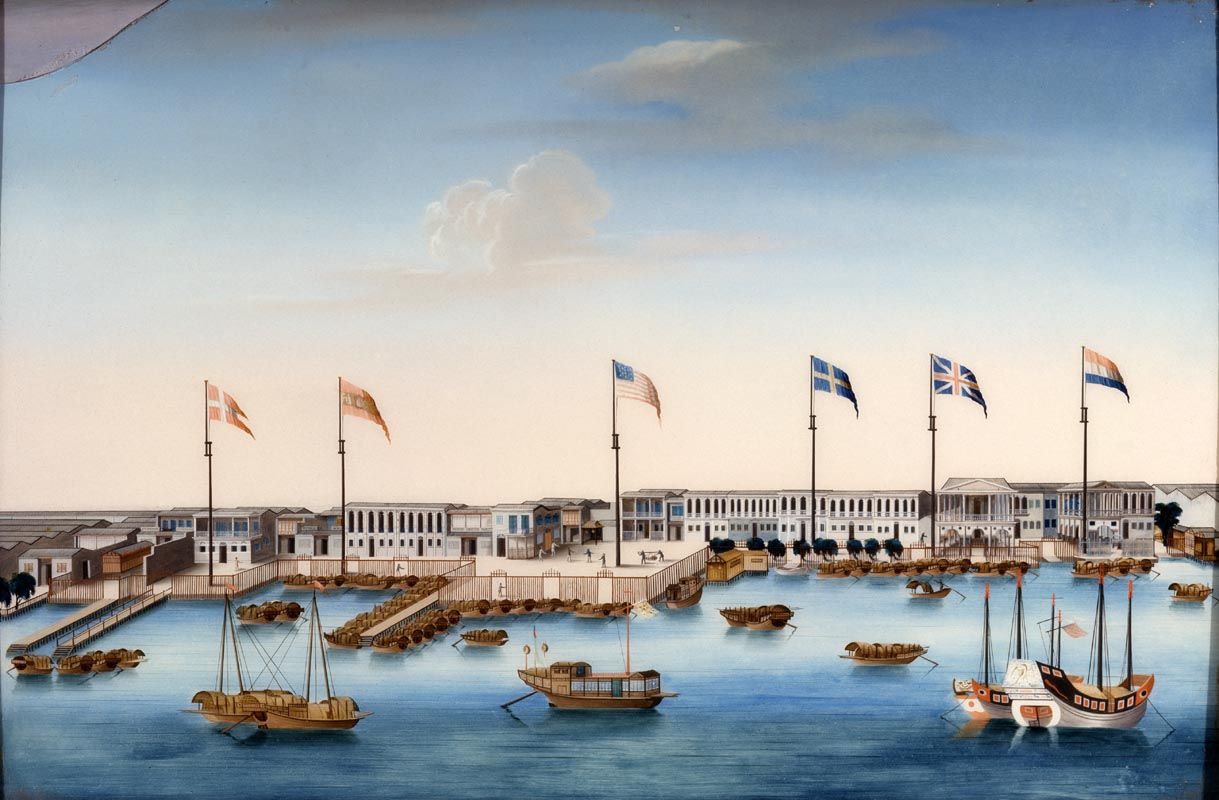
The second supposedly isolationist event is China’s establishment of the Canton System beginning in 1757. Some historians have viewed the decision to channel all overseas trade through the single port at Guangzhou (Canton) as an isolationist policy designed to limit growing European power and evidence of China’s opposition to free trade. Madeleine Zelin suggests that another way of thinking about the establishment of the Canton System was as a mutual decision:
Canton was the only port that really could provide the kind of facilities that foreign traders needed. Canton had a sufficient number of merchants, sufficient capital to be able to bring goods from the interior in sufficient amounts to make it worthwhile for foreigners to come all the way from England to China. The trip from England to China during this time was indeed very long, and ships only came once a year. The merchants bought everything they could to fill up the ships and soon set sail again.
In his The Canton Trade: Life and Enterprise on the China Coast, 1700–1845, Paul Van Dyke expands on Zelin’s arguments by looking at the Canton trade from a bottom-up approach. For many years, the Canton System was actually set up in a way that benefitted trade rather than being an isolationist institution.
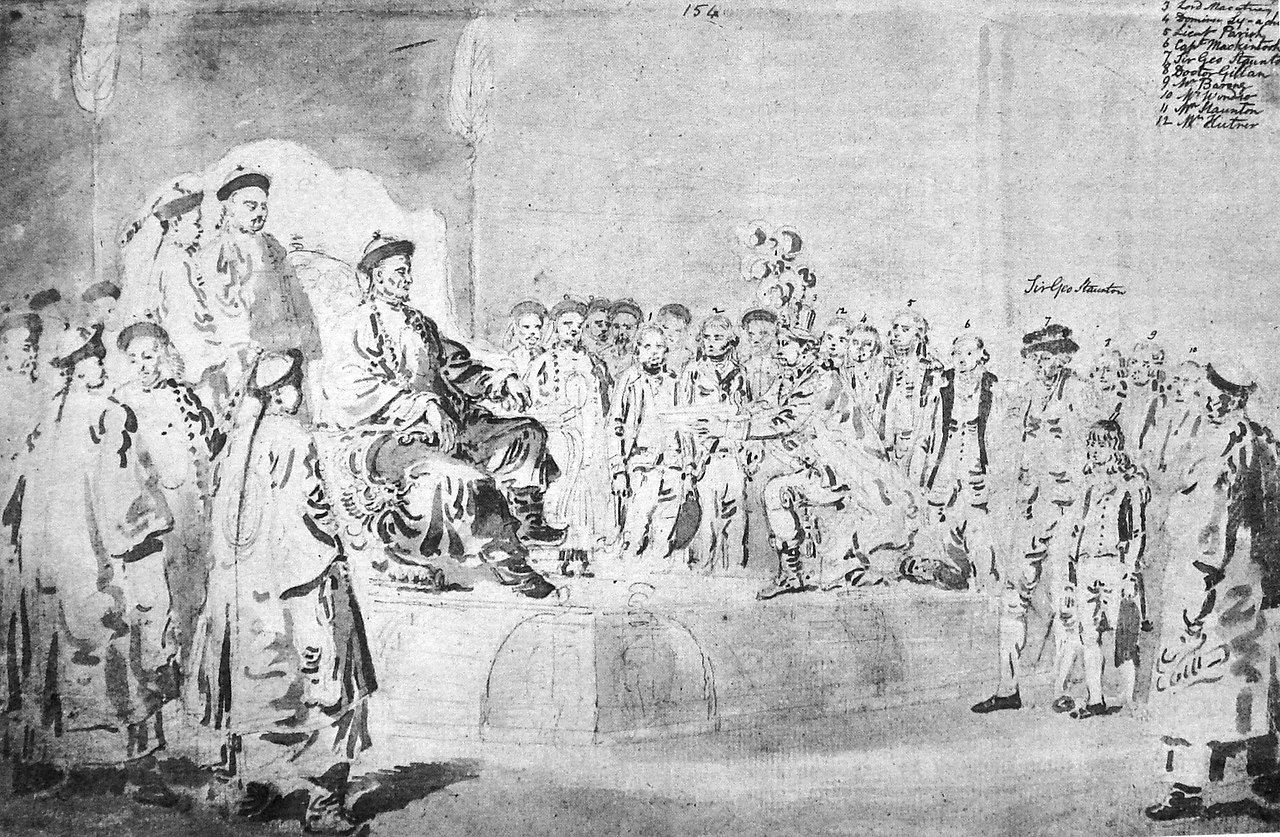
The third supposed example of Chinese isolationism is the Chinese government’s response to the British Macartney Embassy in 1793. Wanting to renegotiate the arrangement of the Canton System, the British sent Lord George Macartney to the Chinese court. The British asked the Chinese emperor to expand the number of ports at which authorized trade could take place, to gain British control over a small Chinese coastal island, and to establish a permanent British embassy in Beijing. Part of the reason for Macartney’s mission was that the current trade arrangement between the British and the Chinese was more lucrative for the Chinese. Britain’s growing demand for Chinese tea had resulted in a significant trade imbalance, which required the British to transfer large sums of silver to the Chinese.
After receiving Macartney’s embassy, the Emperor Qianlong sent a letter to Britain’s King George III explaining his reasons for rejecting the British requests. Qianlong made clear his opposition to changing trade relations:
Our Celestial Empire possesses all things in prolific abundance and lacks no product within its borders. There is therefore no need to import the manufactures of outside barbarians in exchange for our own produce.
It would be easy to read the arrogance in Qianlong’s response as a sign of Chinese isolationism. Another way to consider this issue is by following the lead of James L. Hevia in Cherishing Men from Afar: Qing Guest Ritual and the Macartney Embassy of 1793. Instead of assuming that the British requests for “free trade” or mutual embassies are normal, we could also view the incident as a meeting of two different conceptualizations of sovereignty, foreign relations, and trade. It’s not that the Chinese were isolationists because of their refusal to follow the British vision of trade and diplomacy; they simply understood these things in different terms.
Conclusion
In thinking about the ways in which China and Japan have sometimes been labeled isolationist, it’s easy to see why this label was used a generation or two ago. The choices made by the Chinese and Japanese governments reflected concerns and world-views entirely different from those ideas that are now more common in the West. We often talk about the value of “free trade,” or we did until quite recently. In the late eighteenth and early nineteenth century, the British definitely talked a lot about free trade, especially when they were asking the Chinese to change long-established patterns. In looking at the current debate among candidates for the United States presidency about the Trans-Pacific Partnership, we quickly get the sense that maybe free trade isn’t such a universal ideal anymore. Maybe we can learn from these competing views about free trade and the Trans-Pacific Partnership and apply the same thinking to looking at the past. World history should encourage us to escape the limits of eurocentric thinking and see the world from a global perspective.
Liberating Narratives Newsletter
Join the newsletter to receive the latest updates in your inbox.

